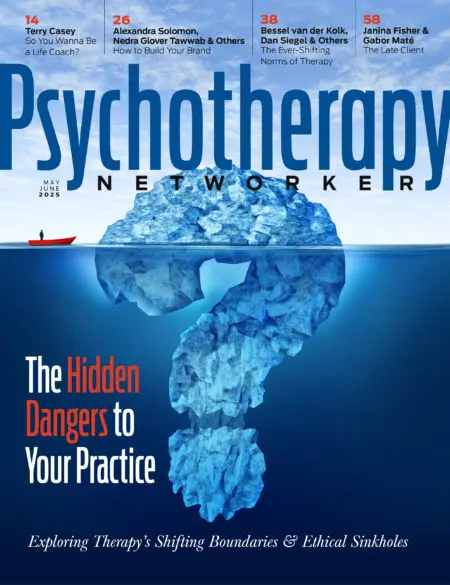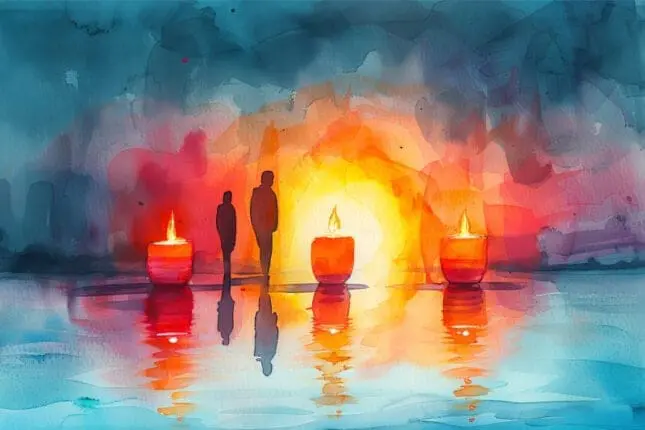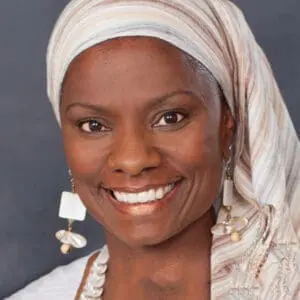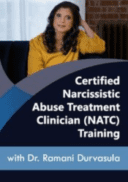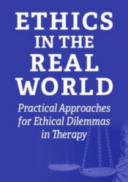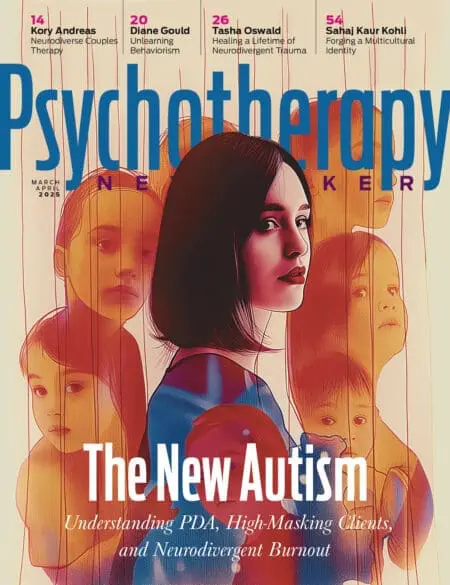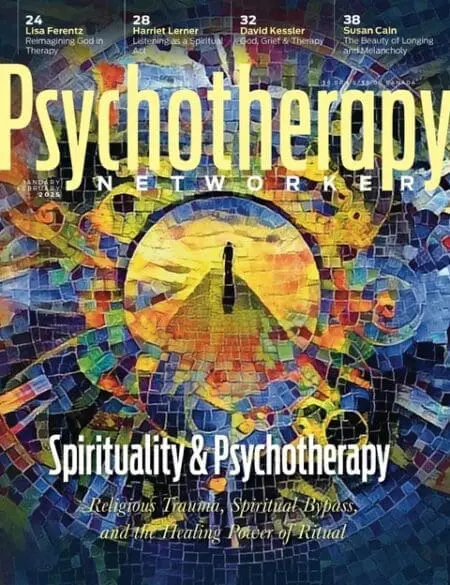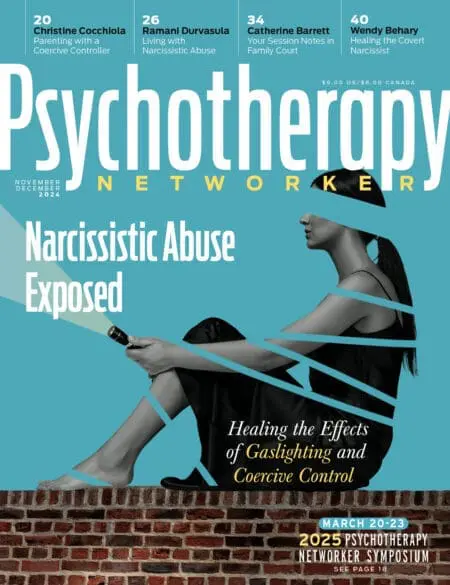People are going back and forth across the doorsill where the two worlds touch. The door is wide and open. Don’t go back to sleep.
Sometimes, in the early hours of the morning, these words from Rumi, a 13th-century Sufi poet, drift through my consciousness, and I wake up to notice the moonlight sifting through the curtains. I don’t go back to sleep. Instead, I kneel on a prayer rug by my bed. This is a holy time—an opportunity to connect with my Creator and my ancestors—when I perform tahajjud, or “middle of the night prayer.” I prostrate myself—head, nose, palms, and knees burrowed in the prayer rug. In that darkness and quietude, the answers to my deepest questions are unearthed.
Later, just before dawn, I return to the rug once again, moving in the rhythm of the Muslim body prayer salat. Leaning forward, bowing toward Mecca, whispering the healing sounds of the Holy Quran. The sweet-musky Senegalese incense that burns in the background sends a visceral message of peace and hope throughout my entire being. I always follow this prayer with journaling. Sometimes, I consciously call to mind the clients I’ll be seeing that day; sometimes, they arrive at the doorstep of my awareness unbidden. Either way, I pray for the guidance that will help me see beyond their pain and symptoms to witness the unique beauty of their whole being.
Stumbling on Sufism
Early in my career as a social worker, I saw clients in a Christian-based community mental health agency in Central Harlem. My lunch hours were spent sitting in the bustle of 125th Street, learning the mother tongue of the Senegalese vendors who stoked my love for good food and African fabrics. One of the men, Cheikh, was a multilingual silversmith with a magnetic smile. He and his friends always made room for me on their woven floor mat, our lunch “table,” which was usually laden with a family-size bowl of rice and fish. After the meal, he’d offer me a cup of the strongest, sweetest green tea that had ever passed my lips. At the end of my workday, I often returned for more tea and conversation about God, holy books, and the meaning of life.
The more time I spent with them, the more awed I was by their lifestyle of prayer, surrender, and trust. There was no denying that devoting themselves to spiritual practices had brought them peace. I never planned to change my own religion—and wasn’t even sure that I wanted to practice any religion at all—but I found myself yearning for the peace they clearly experienced.
One day, when I mentioned this yearning to Cheikh, he responded, “Peace comes not from any religion, but from knowing what you worship.” He presented me with a string of rose-scented wooden prayer beads, and taught me dhikr, a practice of remembering God by repeating specific phrases and prayers.
What began as a five-minute a day practice slowly evolved into a complete morning ritual of sitting, reciting, and reconnecting with my divine nature. I prayed to become a light for seekers. I prayed to release myself from worldly attachments. I prayed for freedom from my lower self. I practiced remembrance so I could never forget.
A Holy Somewhere
One marriage, two children, and a few cross-country moves later—light years away from the safety of 125th Street—I found myself forgetting. Caught in what felt like a sea of people who didn’t understand me, I sought solace in my rug and beads. I closed my eyes and whispered into the darkness, “I can’t do this alone anymore. Please send me my teacher.” As an extrovert who fit everywhere and nowhere, I was in desperate need of a holy somewhere in which to reconnect with myself.
A simple google search led me to a group of American Sufis who practiced remembrance circles at the home of a local acupuncturist. They were students of the man who eventually became my sheikh, or spiritual teacher, Sidi Muhammad al-Jamal. Not long after meeting Sidi, he invited me to take the bayat, or promise, to honor humanity, cultivate patience, and love Allah and all his creations. With his support, I deepened my daily practices and increased my prayers, fasting, reading, and dhikr. I never would’ve imagined it for myself, a Black girl from the Bronx, but learning about Sufi healing from this chubby Palestinian peacebuilder turned out to be a game-changer for my life and clinical work.
Sufi healing is all about the heart and exploring the injuries that contribute to what we call veils, or layers of separation between who we are and who we want to be. Our practices are rooted in the Quranic verse “when you know yourself, you know what you worship.” In that sense, I see myself as a Sufi psychotherapist, someone who helps people explore their injuries of the heart, and then guides them to honor, address, and heal those injuries. For me, physical, emotional, and spiritual health (whatever form that takes) are points on an equilateral triangle—each one carrying as much weight as the other.
I don’t hide my religion from my clients—since I cover my head, they can see my faith practice in every session. They can also see my credentials on the wall behind me. As a result, most of the people who choose to work with me are looking for a combination of science and mysticism—two things I see as harmonious, rather than contradictory. My intake questions ask about a person’s history, family configuration, symptoms, and presenting problems. But they also invite people to share any spiritual practices they’ve found comfort in or are curious to explore—and it’s perfectly fine if they don’t have any spiritual leanings whatsoever.
When I first talk to clients about how I work, I share my core belief that psychotherapy is an act of love. Openly sharing my heart-centered approach allows clients to make an informed decision about whether they want to go further with me. Most do, and express curiosity about finding their unique spiritual path as they seek a way through their current struggles: I see myself as a fellow traveler accompanying them on this journey.
My job isn’t to convert them to any particular faith or pressure them to use spiritual practices—it’s to love them. Their job is to be open and willing to change, grow, and know themselves more deeply—which is a spiritual act akin to love, in my view.
The Power of Ritual
Leanne walked in ahead of her husband, Bruce. Despite her small stature—she barely seemed to reach five feet—she was the partner with the stronger energetic presence, and the one who’d reached out to me for therapy because their clashes at home had gotten more fiery and more frequent.
“I googled all the therapists on my referral list, and I thought your eyes looked warm and honest,” Leanne told me. “I know you’re Muslim and we’re Jewish, but like I wrote on my intake form, neither of us are ‘super’ religious.”
I smiled and let them know I work with people of all faiths, and lots of atheists, too. Then I explained that I begin and end each session with a breathing ritual. “Conscious breathing helps relax the body, tend to the heart, and support us in setting our intentions—which shapes the energy of sessions.”
Bruce dragged a hand through his wispy blonde hair.
“Breathe deeply into your nose and softly out through your mouth. Give your body permission to be at ease in this moment,” I said, hoping to communicate that there was nothing he had to do other than allow me to guide him. “As you exhale, soften your belly. This stimulates your vagus nerve, which travels from the base of your spine all the way up to the base of your skull. It lets your vital organs know you’re safe.”
Bruce’s brow furrowed. Leanne rested her hands palm-up on her knees. My own body was relaxing now as my breathing synched to theirs.
“Take a moment longer,” I said, beginning to wrap up the opening meditation. “Allow your body to experience ease. Imagine that the person across from you is an entire universe full of stars and light—uncharted territory. Now, before you open your eyes, set an intention for what you need to say or do here to bring the medicine of hope into our time together.”
Bruce glanced around the room as if seeing it for the first time.
“I appreciate you coming here for this,” Leanne said to him, her eyes moist.
“I appreciate how much you care for me and our family,” he said.
It seemed like a propitious start, and within a few weeks we’d identified one of the underlying causes of their fights. Having decided to take a sabbatical from her job, Leanne was seeing friends more often in her free time, and Bruce felt left out. This new understanding helped Leanne take Bruce’s moods less personally. She was also encouraging him to connect with his own friends.
Then, one week, they arrived 10 minutes late to a session. Bruce appeared agitated as he walked into my office and slumped into a chair.
“This isn’t working, Sabrina,” he said, his face and hair damp—either from a morning shower or from rushing to get here on time. Leanne entered the room with a handful of tissues.
“We got in a fight on the way here. He lashed out at me.”
“She was criticizing me,” Bruce said.
“Let’s start our session like we always do,” I suggested. “Let’s see what unfolds when you can come back to your bodies, your breath, and your intentions.”
After our opening meditation, Leanne pulled her chair toward Bruce. “I’m sorry I criticized you,” she said.
“I shouldn’t lash out,” he replied. He glanced up towards the ceiling. “It just seems like the only time we connect on a regular basis is in here, and that makes me mad.”
“What do you mean?” Leanne said. “We live together. We see each other all the time!”
“Yeah, but we don’t really connect. Before you stopped working, I’d see you every morning in the kitchen for coffee. Now, I leave for the office and you’re not even up, yet.”
The reliable moments of connection they’d built into their everyday schedule had been disrupted once Leanne stopped working. Knowing he’d sit in the kitchen and chat with Leanne over a cup of coffee every day had helped Bruce feel her love and love her back. This practice hadn’t been overtly spiritual, but I believe all rituals that reinforce a sense of peace and union are powerful and inherently spiritual. Maybe a new, intentional ritual—one they created and practiced on their own—could help them.
“Have you thought about creating your own ritual?” I asked, going out on a bit of a clinical limb. “It could have a similar effect to the one we do here to start our sessions, grounding you in your commitment to each other and reminding you of your intentions.’”
“It’s easy here, but I don’t think it would work at home,” Leanne said. “We’re not ritual kind of people.”
“Do you celebrate Passover seder?” I asked.
They shrugged. “Sure. Our families insist on it.”
“That’s a buffet of sensory experiences—tastes, candles, readings, prayers—all with the sacred intention of remembering something important. If you could create a sensorial Bruce-and-Leanne ritual, I wonder what you’d include.”
“Candles would be nice,” Leanne said.
“Water,” Bruce suggested. “Maybe we spend some time in the hot tub on Wednesday evenings since it’s the middle of the week and we’re usually both around.”
“There’s a lot of mercy in water,” I said. “And your intentions?”
Leanne responded, “I’d hold the intention that the water would help us cleanse whatever messes we made the week before. We could light a candle, drink tea in the hot tub, and make a commitment to refrain from talking about problems. Those can wait.”
“You can bring those here to me on Tuesdays,” I suggested. “And you can also pay attention to what happens to your anger on Wednesdays after cleansing.”
Leanne and Bruce’s feet were touching on the rug. They smiled.
“Sounds like y’all got yourselves a ritual!” I exclaimed.
The sacred is what we create by coming back to ourselves and each other again and again—through our intentions, our connections, and our rituals. My job, for as long as I’m allowed to breathe, is to bring myself and my clients back to love.
Sabrina N'Diaye
Sabrina N’Diaye, PhD, LCSW-C, is an integrative psychotherapist, storyteller, and peacebuilder, based in Baltimore, MD. Her first book is Big Mama Speaks: Love Lessons from a Harlem River Swan.
